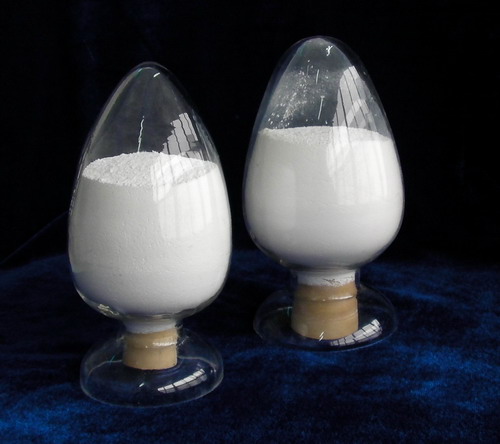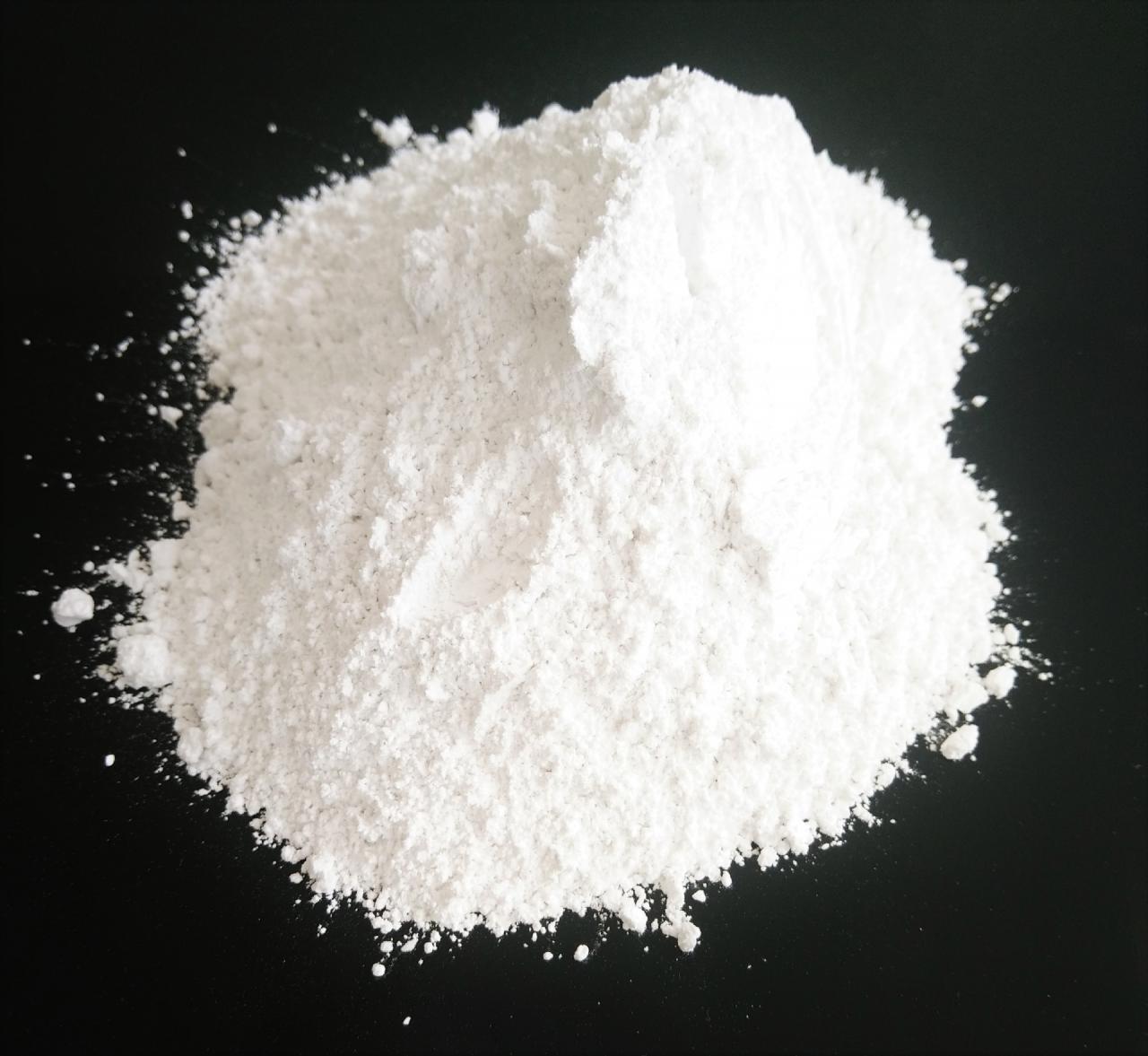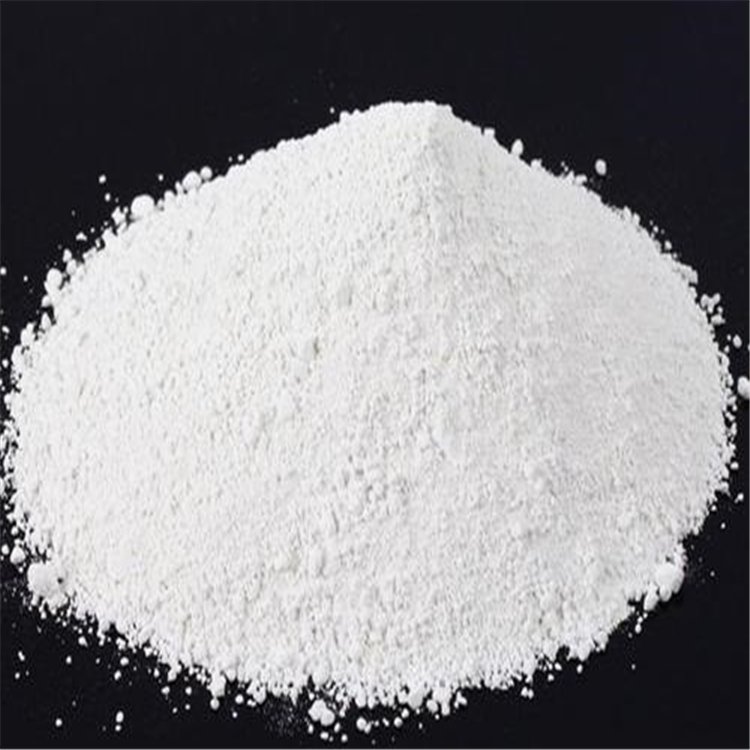Powder coating, as a solvent-free and environmentally friendly coating, has a huge market demand, and increasingly harsh usage conditions have put forward higher requirements for the high temperature resistance of powder coatings. High requirements.
1. Overview
In recent years, with the continuous strengthening and deepening of my country’s environmental protection policies, higher standards of environmental protection requirements have been put forward for the paint industry. The domestic paint industry has been moving towards water-based, With the transformation and upgrading in the direction of high solid content and solvent-free, powder coatings have developed rapidly.
Compared with traditional industrial solvent coatings, powder coatings are more economical and environmentally friendly, and have excellent chemical resistance and corrosion resistance. properties such as resistance and high mechanical strength.
During the processing and curing process, powder coatings must undergo mixed thermal processing and high-temperature baking. If the molecules are damaged during the production process, If the protection of the chain is insufficient, thermal and oxidative aging decomposition of the molecular structure will easily occur, which will affect the performance and color of the coating.
And more powder coatings are increasingly being used in high-temperature environments, such as coatings for small household appliances such as rice cookers and microwave ovens. , these factors place higher requirements on the high temperature resistance stability of powder coatings.
Antioxidants, as a common anti-aging additive, provide excellent thermal and oxidative aging protection and long-term protection for polymer materials. Stability is an indispensable component in the powder coating system, and more and more application requirements are expected to improve the high-temperature stability of powder coatings through the optimization of antioxidant systems.

At present, the traditional antioxidants used in powder coatings mainly include hindered phenolic antioxidant 1010, antioxidant 1076, etc., and phosphite antioxidants. Oxygen 168, antioxidant 626, etc. are basically unable to meet the thermal stability of powder coatings under high temperature conditions.
This article develops a composite antioxidant system specifically for powder coatings, which can effectively prevent the degradation of powder coatings at high temperatures. It degrades due to thermal oxidative aging and provides excellent protection for the coating color, which can expand the development and application of powder coatings in the field of high-temperature home appliances.
2. Experimental part
2.1 Preparation of sample
Place polyester resin, curing agent, antioxidant, barium sulfate , titanium dioxide and other additives according to a certain proportion. After pre-mixing, the mixture is melted and extruded, tableted and crushed. The crushed powder is sieved to obtain a powder coating product with a certain particle size. The antioxidant formula is shown in Table 1.
Table 1 Experimental formula
|
Recipe number |
Antioxidant addition amount |
|
A |
1.5% |
|
B |
1.5% |
|
C |
1.5% |
|
D |
1.5% |
2.2 Test Equipment
High temperature oven, Twin-screw extruder, colorimeter.
2.3 Test method
2.3.1 Antioxidant thermal stability test The antioxidants used in the four groups of ABCD formulas were placed in a 230°C oven for 0.5h to test their color difference and weight loss rate.
2.3.2 Powder coating thermal stability test: After the powder coating sample in 2.1 is electrostatically sprayed, it is cured at 200°C for 10 minutes to obtain the powder coating. layer. In order to evaluate the effect of antioxidants on the heat resistance of powder coatings, the powder coatings were placed in a high-temperature aging oven. The thermal aging conditions were 230°C for 2 hours. Test the gloss retention and color difference of the coating.

3. Results and Discussion
3.1 Mechanism of action of antioxidants
The network of the coating in the paint Polymers are composed of countless molecular segments connected together by chemical bonds, which contain hydrogen, oxygen, double bonds, etc.;
They are easy to Attacked by heat and oxygen, a large amount of free radicals and hydroperoxides are generated, causing damage to the polymer chain segments, eventually causing the coating to begin to age, with reduced gloss, surface powdering, and discoloration. Adding antioxidants to powder coatings can effectively inhibit the thermal oxidative aging behavior of polymers.
Antioxidants are mainly divided into two categories: primary antioxidants and auxiliary antioxidants. The main antioxidants mainly include aromatic amine antioxidants and hindered phenolic antioxidants. Their mechanism of action is to capture the free radicals R

Auxiliary antioxidants mainly include phosphite antioxidants and thioester antioxidants. Their mechanism of action is to decompose ROOH and make It produces stable substances. The combined use of primary and auxiliary antioxidants can have a certain synergistic effect and achieve better antioxidant effects.
3.2 Research on thermal stability of antioxidants
Table 2 Color difference and weight loss rate of antioxidants after high temperature aging at 230℃ for 0.5h
|
Recipe number |
A |
B |
C |
D |
|
△E |
3.2 |
2.5 |
1.1 |
1.4 |
|
Weight loss rate |
0.18% |
2.32% |
0.32% |
0.04% |
The thermal stability of the antioxidant determines whether it can provide good protection for the resin during high-temperature processing and use.
If the antioxidant itself has poor thermal stability and decomposes at high temperatures, it will lose its antioxidant performance and cannot provide good protection for the resin. Thermal Oxygen Aging Protection.
It can be seen from Table 2 that the color changes and weight loss rates of the four antioxidants under high temperature aging are not serious, indicating that the four antioxidants The thermal stability of antioxidants is good.
Among them, Formula A is a single hindered phenolic antioxidant. Formula B is a single phosphite antioxidant and has a higher weight loss rate, indicating that B has decomposed to a certain extent.
Formula C is a commonly used complex antioxidant system on the market. Formula D is a special composite antioxidant system developed for powder coatings. Experiments show that formula D has excellent high-temperature color changes and heat loss rates.

3.3 Effects of different antioxidants on the heat resistance of powder coatings
Changes in gloss retention and yellowness index of coatings with different antioxidant formulas at 230°C
|
Recipe number |
A |
B |
C |
D |
|
Gloss retention |
92.3% |
90.6% |
95.2% |
96.4% |
|
△E |
6.18 |
5.61 |
3.09 |
2.75 |
It can be seen from the data in Table 3 that after aging at 230°C for 2 hours, the powder coating has been damaged to varying degrees. Formulas A and B are both single The antioxidant system is slightly less effective in protecting the powder coating. Formula C is significantly better than A and B in protecting the coating from thermal oxidative aging.
Among them, Formula D, as an antioxidant formula specially developed for powder coatings, has the best performance in powdering and color protection of the coating. , the high temperature resistance of the powder coating is significantly improved.
4. Conclusion
This article mainly explores the improvement effect of different antioxidant systems on the high temperature aging resistance of powder coatings. The results show that:
1. Different There are differences in the thermal stability of antioxidants during high-temperature aging. Formula B (phosphite antioxidant) has poor thermal stability, while formulas A, C, and D all show excellent thermal stability.
2. Research has found that the thermal oxidative aging protection of powder coatings by the composite antioxidant system is better than that of single-component hindered phenols or sub-categories. Phosphate ester antioxidants, and the composite antioxidant system D formula developed for powder coatings, provide better protection against thermal oxidative aging of coatings under high temperature conditions.
m;”>95.2%
96.4%
△E
6.18
5.61
3.09
2.75
It can be seen from the data in Table 3 that after aging at 230°C for 2 hours, the powder coating has been damaged to varying degrees. Formulas A and B are both single The antioxidant system is slightly less effective in protecting the powder coating. Formula C is significantly better than A and B in protecting the coating from thermal oxidative aging.
Among them, Formula D, as an antioxidant formula specially developed for powder coatings, has the best performance in powdering and color protection of the coating. , the high temperature resistance of the powder coating is significantly improved.
4. Conclusion
This article mainly explores the improvement effect of different antioxidant systems on the high temperature aging resistance of powder coatings. The results show that:
1. Different There are differences in the thermal stability of antioxidants during high-temperature aging. Formula B (phosphite antioxidant) has poor thermal stability, while formulas A, C, and D all show excellent thermal stability.
2. Research has found that the thermal oxidative aging protection of powder coatings by the composite antioxidant system is better than that of single-component hindered phenols or sub-categories. Phosphate ester antioxidants, and the composite antioxidant system D formula developed for powder coatings, provide better protection against thermal oxidative aging of coatings under high temperature conditions.


